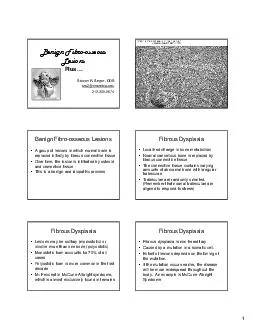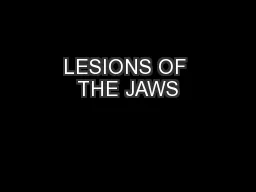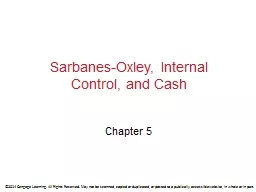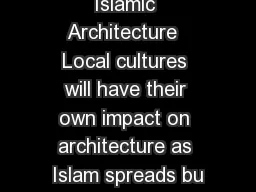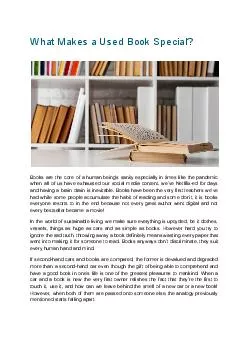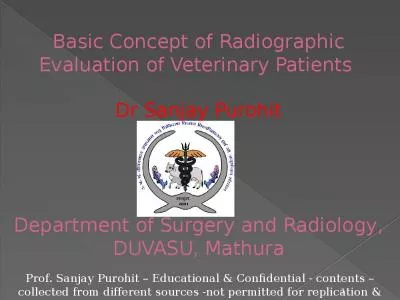PDF-Radiographic FeaturesTerms used to describe the internal architecture
Author : stefany-barnette | Published Date : 2015-08-24
3 Internal Architecture Fibrous Dysplasia Fibrous Dysplasia 911121314 Thumbprint Pattern Radiographic Features1Small lesions are entirely contained 2Expanded and
Presentation Embed Code
Download Presentation
Download Presentation The PPT/PDF document "Radiographic FeaturesTerms used to descr..." is the property of its rightful owner. Permission is granted to download and print the materials on this website for personal, non-commercial use only, and to display it on your personal computer provided you do not modify the materials and that you retain all copyright notices contained in the materials. By downloading content from our website, you accept the terms of this agreement.
Radiographic FeaturesTerms used to describe the internal architecture: Transcript
Download Rules Of Document
"Radiographic FeaturesTerms used to describe the internal architecture"The content belongs to its owner. You may download and print it for personal use, without modification, and keep all copyright notices. By downloading, you agree to these terms.
Related Documents

